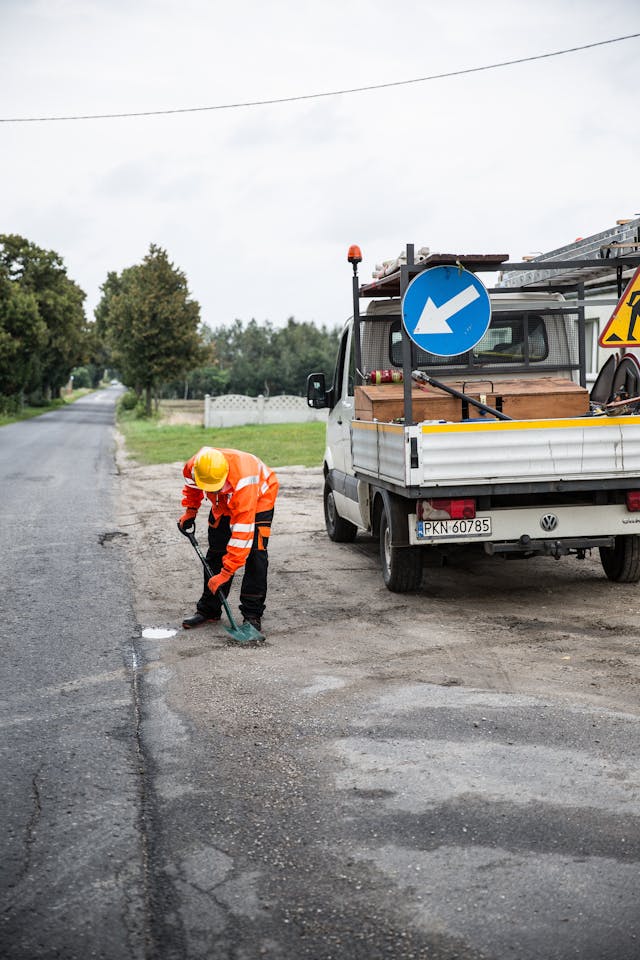
Construction has officially kicked off on one of Wisconsin’s most significant highway modernization efforts: the $1.7 billion Interstate 94 East-West Reconstruction Project. The long-planned initiative will overhaul a 3.5-mile stretch of the interstate that serves as a primary commuter and freight route through Milwaukee County.
.jpg)
Early work began in November, including lane restrictions designed to prepare for a decade of phased construction. The project will increase capacity by widening the corridor from three to four lanes in each direction — replacing pavement and bridges that date back to the 1960s.
State transportation officials say this segment of I-94 has long exceeded its operational lifespan, experiencing higher crash rates and outdated design features that no longer meet current traffic demands.
The reconstruction will focus heavily on the Stadium Interchange — a key connector serving American Family Field, surrounding neighborhoods, and multiple regional routes. Several adjacent interchanges, including those at:
will be redesigned to improve traffic flow and access.
Safety upgrades include converting hazardous left-hand entrance and exit ramps into right-hand ramps, which assist drivers in merging more predictably.

Design plans call for modern drainage systems, new retaining structures, enhanced lighting, and pedestrian improvements — helping reduce congestion while supporting walkability between neighborhoods divided by highway infrastructure.
The number of motorists using this portion of I-94 daily ranges between 158,000 and 178,000, placing heavy pressure on roadway capacity. As a result, WisDOT will use overlapping phases of construction to keep the interstate operating throughout the long project timeline.
The improvements will continue into 2033, timed carefully with federal and state funding availability. Officials say spreading work over multiple years will help manage material cost escalation, labor constraints, existing utility challenges, and coordination with nearby railroad and cemetery lands.
The magnitude of the project is expected to generate a steady pipeline of work for:
As Wisconsin invests more heavily in transportation infrastructure, projects like this are viewed as essential to long-term freight mobility, economic competitiveness, and roadway safety.
Originally reported by Marshall in Construct Connect News.